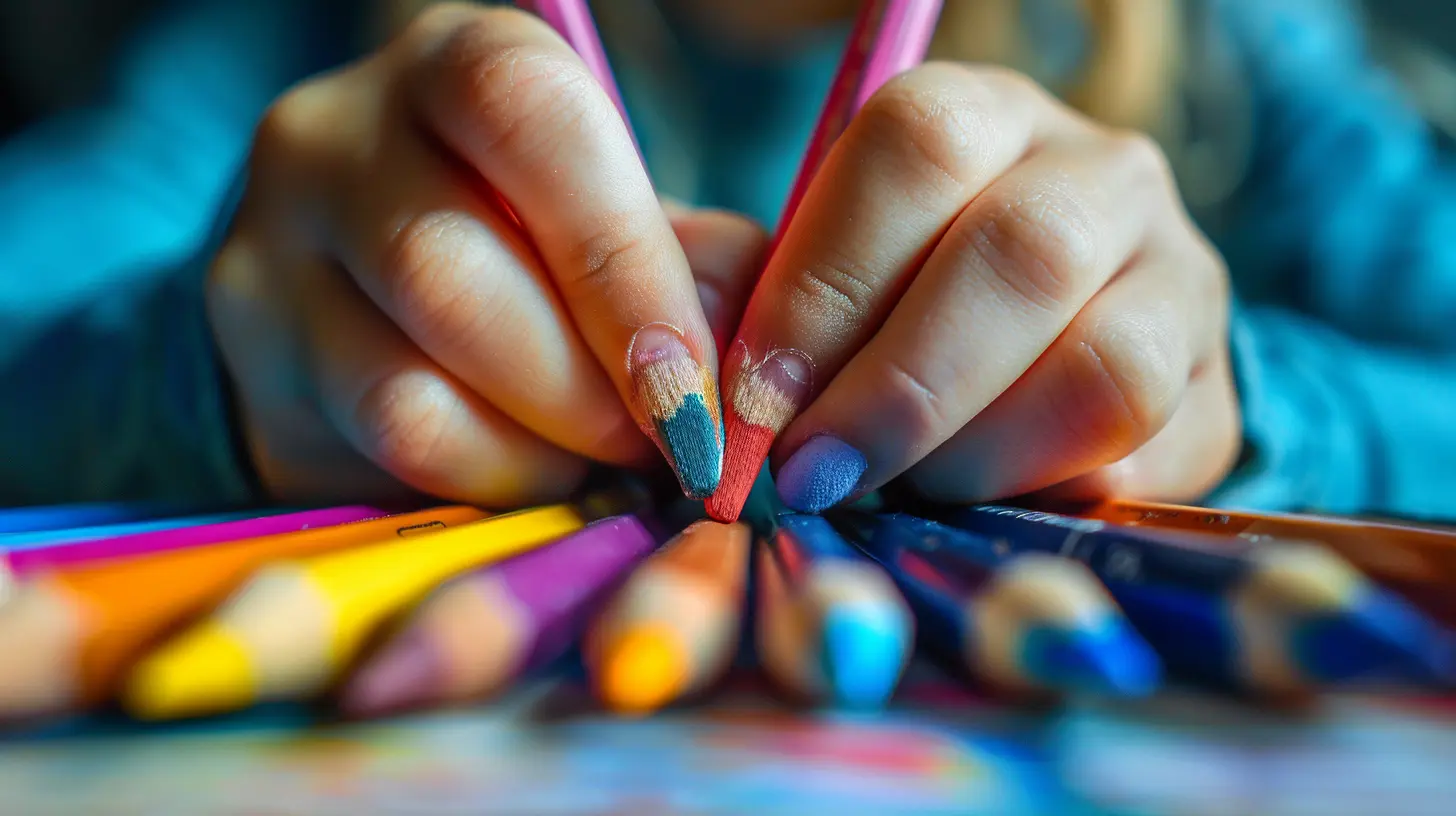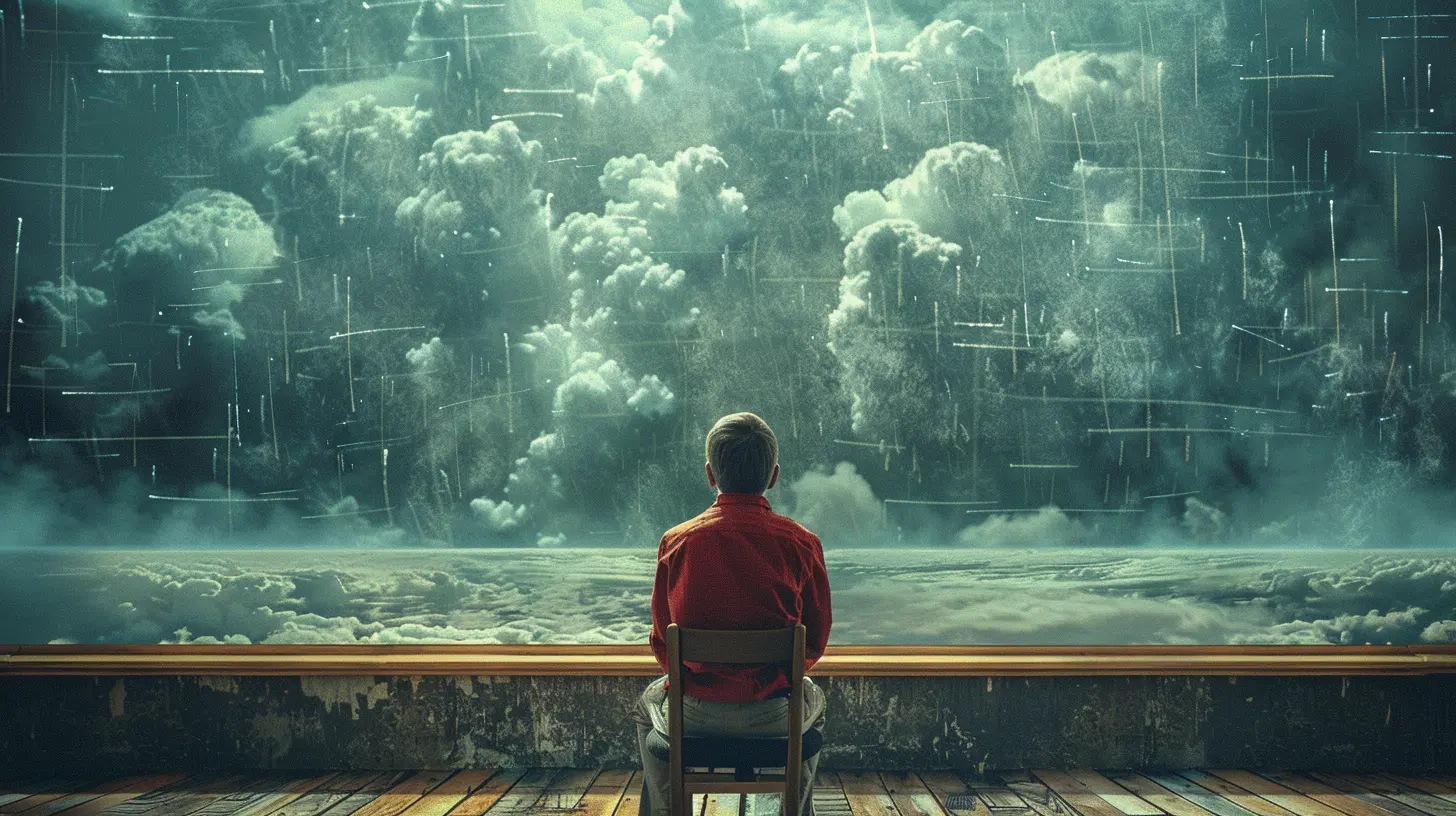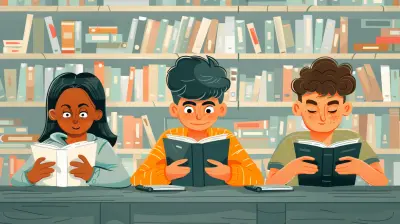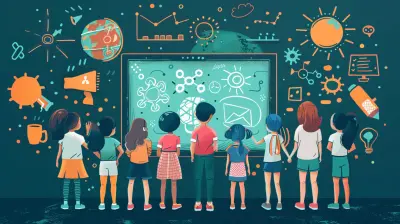How to Make Critical Thinking and Creativity Go Hand in Hand
24 October 2025
When we think of critical thinking and creativity, they often seem like two entirely different skill sets, don’t they? One is all about logic, analysis, and structure, while the other thrives on imagination, free-flowing ideas, and innovation. But what if I told you that these two skills can actually work together harmoniously, complementing each other in ways that can lead to incredible problem-solving and innovative thinking?
Yes, it’s true. Critical thinking and creativity don’t just coexist; they enhance each other when used correctly. In this blog post, we’ll dive deep into how to make critical thinking and creativity go hand in hand and why it’s essential for personal growth, education, and even professional success.
So, grab a cup of coffee (or tea, if that’s your preference), and let’s explore how you can supercharge your brain by combining these two powerful cognitive forces.

Table Of Contents
1. Understanding Critical Thinking2. What is Creativity?
3. The Common Ground Between Critical Thinking and Creativity
4. Why You Need Both Skills
5. How to Develop Critical Thinking and Creativity Together
6. Examples of Critical Thinking and Creativity Working Together
7. Final Thoughts

Understanding Critical Thinking
Before we dive into how to combine critical thinking and creativity, let’s first break down what each of these terms really means.Critical thinking is like having a mental magnifying glass. It’s about observing, analyzing, and evaluating information in a systematic way to form a well-reasoned judgment. When you think critically, you’re not jumping to conclusions based on emotions or assumptions. Instead, you’re assessing the facts, questioning sources, and considering multiple perspectives before making a decision.
Think of it this way: If you’re constructing a building, critical thinking is like the foundation. It ensures everything is solid and stable, so the structure doesn’t collapse under pressure.
But here’s the thing: Critical thinking is more than just cold, calculated reasoning. It also involves being open-minded, adaptable, and willing to entertain new ideas—qualities that are essential for creativity.
Key Components of Critical Thinking:
- Analysis: Breaking information down into parts.- Evaluation: Assessing the credibility or relevance of information.
- Inference: Drawing conclusions from evidence.
- Problem-solving: Coming up with solutions based on reasoned judgment.
By itself, critical thinking is a powerful tool. But when combined with creativity, it becomes even more dynamic.
What is Creativity?
Now, let’s talk about creativity. Creativity is often thought of as the ability to think outside the box, to come up with new, innovative ideas that others may not immediately consider. It’s about tapping into your imagination and producing something that didn’t exist before, whether it’s a piece of art, a new solution to a problem, or a different way of looking at the world.If critical thinking is the foundation of a building, creativity is like the architectural design. It gives the structure personality, flair, and uniqueness. Creativity adds color and life to the otherwise rigid framework of critical thinking.
Key Elements of Creativity:
- Imagination: Thinking beyond the conventional.- Innovation: Creating something new or improving existing ideas.
- Flexibility: Being able to adapt and change your approach.
- Curiosity: A natural desire to explore and experiment.
But here’s the catch—without critical thinking, creativity can sometimes lead to impractical or unworkable ideas. That’s why the combination of the two is so important.
The Common Ground Between Critical Thinking and Creativity
At first glance, critical thinking and creativity might seem like polar opposites. But once you dig deeper, you’ll find that they actually share some essential qualities. Both are problem-solving tools that require open-mindedness, curiosity, and a willingness to challenge assumptions.In fact, both critical thinkers and creative thinkers need to:
- Question Assumptions: Whether you’re evaluating an argument or coming up with a new idea, it’s essential to question the status quo.
- Look for Patterns: Critical thinking involves recognizing patterns in information, and creativity often involves seeing patterns in seemingly unrelated ideas.
- Be Open to New Ideas: Both skills require an openness to change and a willingness to try new approaches.
Essentially, critical thinking and creativity are two sides of the same coin. One helps you come up with innovative ideas, while the other ensures those ideas are grounded in reality.
Why You Need Both Skills
Okay, so we’ve established that critical thinking and creativity are both essential skills. But why is it so important to develop them together?Here’s why:
1. Better Problem-Solving
When you combine critical thinking with creativity, you’re better equipped to solve complex problems. Creativity allows you to think of new solutions, while critical thinking helps you evaluate those solutions and pick the best one. It’s a one-two punch that leads to smarter, more effective decision-making.2. Enhanced Innovation
Innovation doesn’t happen in a vacuum. It requires both the ability to think creatively and the ability to critically assess whether your ideas will work in practice. By developing both skills, you’ll be more likely to come up with innovative solutions that are both original and feasible.3. Adaptability
In today’s rapidly changing world, the ability to adapt is crucial. Critical thinkers and creative thinkers are both adaptable because they’re able to consider multiple points of view and aren’t afraid to change their minds when presented with new information.4. Increased Confidence
When you have both critical thinking and creativity in your toolkit, you’re more confident in your ability to tackle challenges. You know you can come up with creative solutions, and you trust your critical thinking skills to help you choose the right path.How to Develop Critical Thinking and Creativity Together
So, how can you actually go about developing these skills in tandem? Here are a few practical strategies:1. Practice Divergent and Convergent Thinking
Divergent thinking is all about generating as many ideas as possible, while convergent thinking is about narrowing down those ideas to find the best solution. Both are essential for balancing creativity and critical thinking.Try this: Start by brainstorming a wide range of ideas for a problem (divergent thinking), then use critical thinking to evaluate and refine those ideas (convergent thinking).
2. Ask Open-Ended Questions
Asking open-ended questions encourages both creative and critical thinking. Instead of asking yes/no questions, ask “What if?” or “How might we…?”For example: “What if we approached this problem from a completely different angle?” or “How might we solve this issue in a way that’s never been done before?”
3. Challenge Your Own Assumptions
One of the best ways to develop critical thinking and creativity is to challenge your own assumptions. Whenever you find yourself stuck in a certain way of thinking, ask yourself: “What if the opposite were true?”This simple exercise can open up a whole new realm of possibilities and help you break free from conventional thinking.
4. Engage in Creative Problem-Solving Exercises
Exercises like mind mapping, brainstorming, and role-playing can help you flex both your creative and critical thinking muscles. These activities force you to think outside the box while still staying grounded in logic and reason.5. Collaborate with Others
Working with others can push you to think in ways you wouldn’t have on your own. When you collaborate, you’re exposed to different perspectives, which can spark both critical thinking and creativity.Examples of Critical Thinking and Creativity Working Together
Let’s make this real with a few examples of how critical thinking and creativity can work together in everyday life:1. Entrepreneurship
Entrepreneurs need both creativity to come up with innovative business ideas and critical thinking to evaluate the viability of those ideas. For instance, creating a new product requires imaginative thinking, but assessing market demand, competition, and logistics demands critical analysis.2. Education
Teachers need to harness both skills to create engaging lesson plans. Creativity helps them come up with fun, interactive ways to teach complex topics, while critical thinking ensures those methods are effective in meeting learning objectives.3. Scientific Research
The scientific method itself is a blend of creativity and critical thinking. Researchers must think creatively to form hypotheses and design experiments, but they also need critical thinking to analyze data and draw accurate conclusions.Final Thoughts
So, there you have it—critical thinking and creativity don’t just coexist; they thrive together when used in harmony. By developing both skills, you can become a more effective problem-solver, a better innovator, and a more adaptable thinker.Remember, it’s not about choosing one over the other. Instead, think of critical thinking and creativity as partners in crime—both equally important in navigating the complexities of life and work.
Now take what you’ve learned and start applying it in your daily life. Whether you’re solving a problem at work, brainstorming for a project, or just looking for new ways to tackle everyday challenges, remember that you have the tools you need to succeed.
all images in this post were generated using AI tools
Category:
Creativity In EducationAuthor:

Eva Barker
Discussion
rate this article
1 comments
Runehart Bass
Balancing critical thinking and creativity enriches learning; both skills empower students to thrive together.
November 1, 2025 at 3:39 AM

Eva Barker
Absolutely! Integrating critical thinking with creativity fosters a more dynamic learning environment, allowing students to innovate while analyzing effectively.


